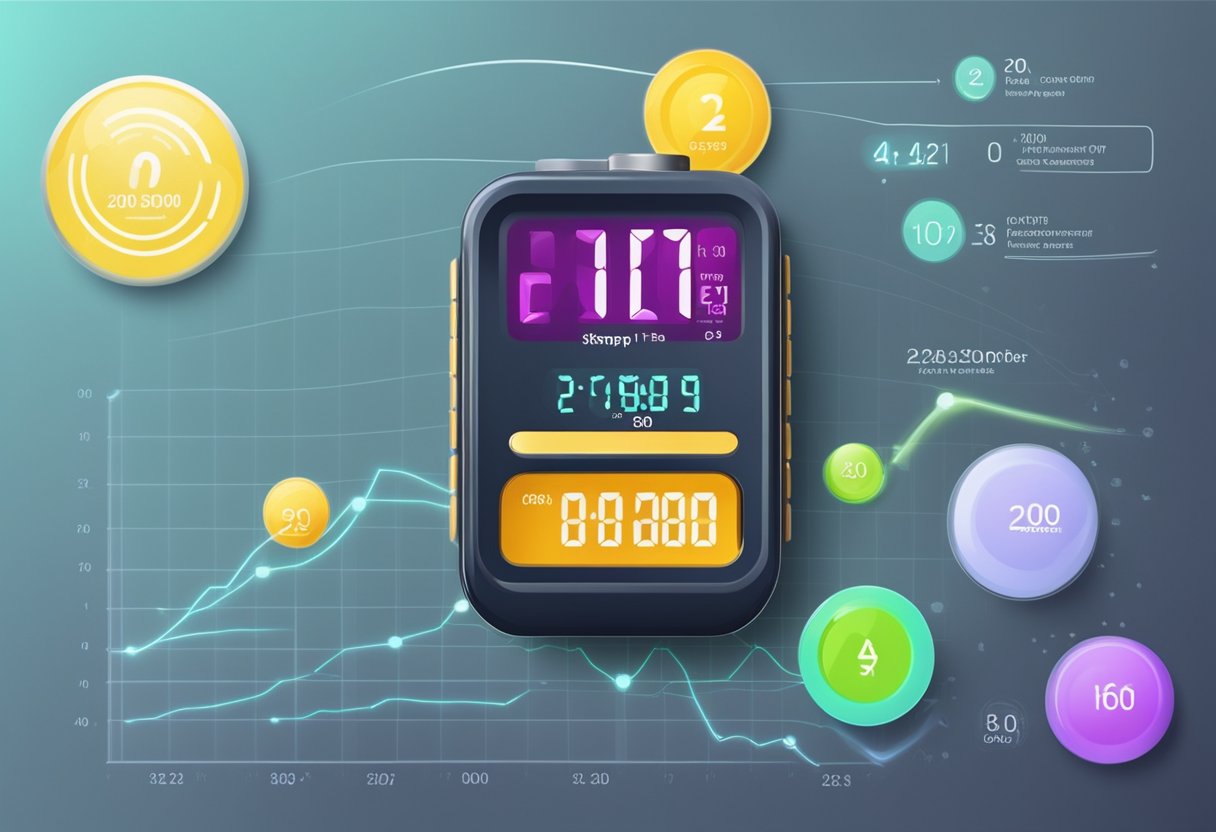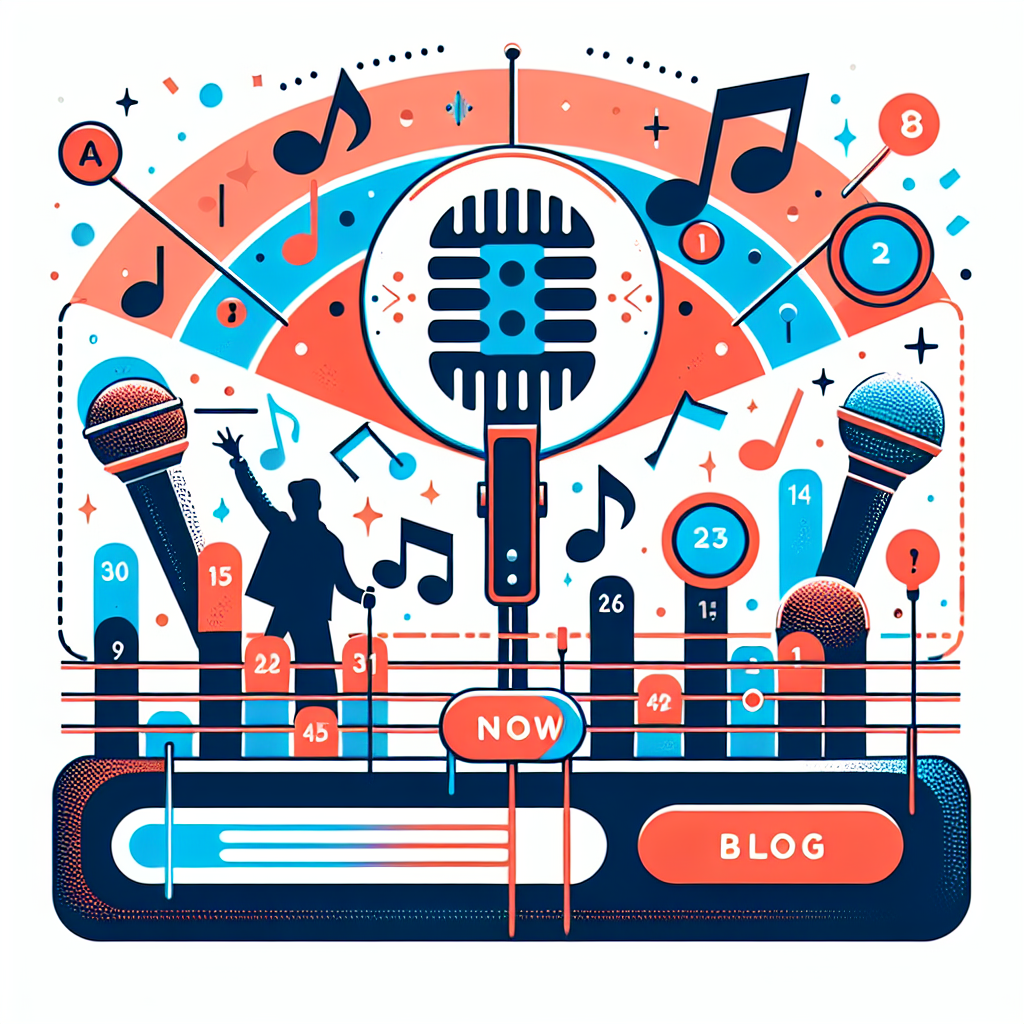Understanding Wrist Blood Pressure Monitoring: A Comprehensive Guide
Wrist blood pressure monitors are gaining popularity due to their convenience and ease of use. In this guide, we will explore how to effectively measure blood pressure at the wrist, the accuracy versus traditional methods, and tips for getting reliable readings.

What is Wrist Blood Pressure Measurement?
Wrist blood pressure measurement refers to the process of monitoring blood pressure using devices designed specifically for the wrist area. These devices usually consist of an inflatable cuff that wraps around the wrist, making them portable and easy to use compared to traditional arm cuffs.
How to Properly Measure Blood Pressure at the Wrist
Measuring blood pressure at the wrist requires careful attention to technique to ensure accurate results. Here’s a step-by-step approach:
- Positioning: Always sit comfortably with your back supported. Rest your arm on a flat surface such that your wrist is at heart level.
- Apply the Cuff: Wrap the blood pressure monitor cuff snugly around your wrist, ensuring it’s positioned just below the base of the palm. The cuff should not be too tight or too loose.
- Stay Still: Remain still and quiet during the measurement, as movement can affect the reading.
- Press Start: Most electronic monitors have a one-button function for easy operation. Activate the device and allow it to inflate and deflate automatically.
- Record the Reading: Wait for the monitor to display the reading once it completes the cycle. Note both systolic and diastolic pressures.
- Wait and Repeat: To ensure accuracy, wait a minute and take a second reading to compare results.
Factors Affecting Wrist Blood Pressure Readings
When using wrist blood pressure monitors, several factors can influence the accuracy of your measurements:
- Body Position: Your body position plays a crucial role. If your wrist is not at heart level, the reading may be inaccurate.
- Cuff Size: Using the correct cuff size is vital. A cuff that's too small or too large can yield faulty readings.
- Posture: Ensure that your legs are uncrossed and feet flat on the floor. Any discomfort can activate stress hormones that might affect blood pressure.
- Timing: Stress, physical activity, and even temperature can impact blood pressure readings. It’s advisable to take the measurement at the same time each day for consistency.
Are Wrist Monitors Reliable Compared to Arm Monitors?
While wrist monitors are convenient, they may not always provide readings as accurate as those from traditional arm cuff monitors. Studies indicate that wrist monitors can be less reliable, particularly in individuals with certain health conditions. However, if used correctly and under consistent conditions, they can still be a useful tool for monitoring blood pressure over time.
For those who prefer wrist monitors, it’s essential to:
- Ensure correct usage and proper positioning.
- Cross-check readings occasionally with an upper-arm monitor to maintain accuracy.
- Consult your healthcare provider for advice on whether wrist monitoring is suitable for your health needs.
Tips for Accurate Wrist Blood Pressure Monitoring
To ensure that you are obtaining the most precise blood pressure readings possible using a wrist monitor, consider the following tips:
- Calibration: Before the first use, consult the manufacturer’s guideline on how to calibrate the device.
- Regular Maintenance: Keep your device clean and check for the battery’s status regularly.
- Follow a Routine: Measure your blood pressure at the same times throughout the day to reduce variability.
- Take Multiple Readings: Always take two or three readings and average them for a more accurate representation.
Conclusion
Measuring blood pressure at the wrist can be a convenient alternative to traditional methods, especially for those with mobility issues or on-the-go lifestyles. By understanding the proper techniques and factors affecting measurement accuracy, you can effectively manage your blood pressure monitoring routine. Remember, always consult with a healthcare professional for a comprehensive understanding tailored to your personal health needs.
Further Reading
New posts

Understanding Normal Pulse Rates: What Is a Normal Pulse?
Fitness

Understanding Ruhepuls 60: A Guide to Optimal Heart Rate
Fitness

Understanding Ruhepuls 45: The Ideal Resting Heart Rate for Your Health
Fitness

Understanding Normal Pulse Pressure: What You Need to Know
Lifestyle

Low Blood Pressure and Trembling: Understanding the Connection
Wellness

Understanding Low Blood Pressure at Night: Causes, Symptoms, and Management
Wellness

Understanding Pulsdruck: Key Insights into Your Blood Pressure Dynamics
Wellness

Understanding Why You Might Experience Niedriger Blutdruck
Lifestyle

Navigating Low Blood Pressure and High Pulse: Key Insights
Wellness

Understanding Ruhepuls 40: What It Means for Your Health
Fitness
Popular posts

Understanding Low Blood Pressure and Tiredness: Insights and Solutions
Lifestyle

Understanding Low Blood Pressure with High Pulse Rate
Wellness

Understanding Normal Blood Pressure: A Deep Dive
Wellness

Effective Strategies for Managing Heart Palpitations: What to Do When Experiencing Herzrasen
Lifestyle

Recognizing the Symptoms of High Blood Pressure
Wellness

What to Do When You Have a High Heart Rate
Lifestyle

Understanding Low Blood Pressure: What Does the Lower Value Mean?
Wellness

Understanding Blood Pressure: What Does 110 Over 70 Mean?
Lifestyle

Understanding High Pulse and Low Blood Pressure: Causes and Solutions
Management

Effective Remedies for Low Blood Pressure
Lifestyle